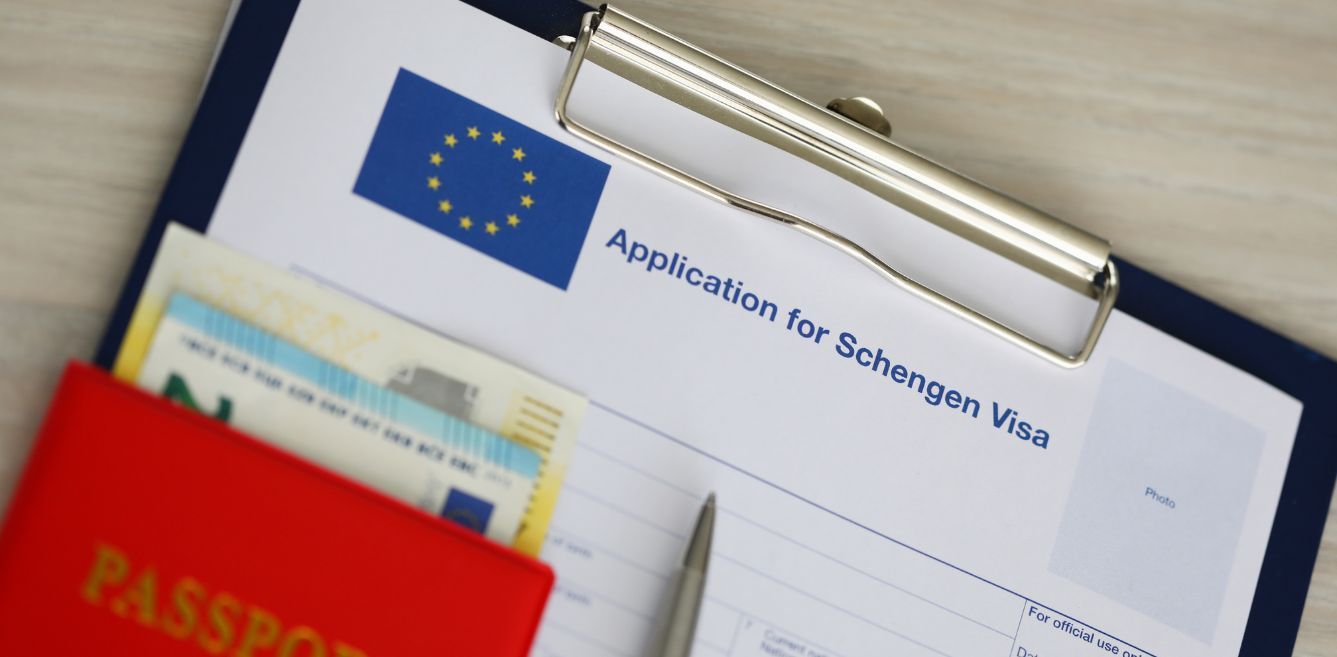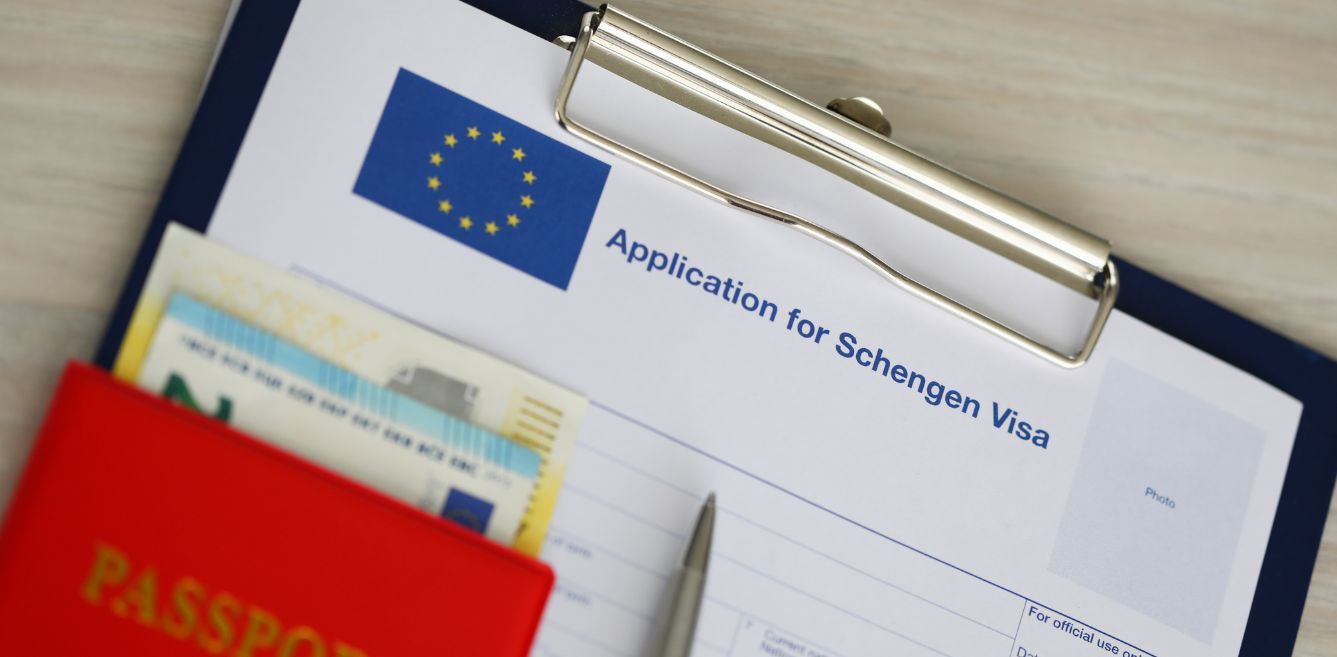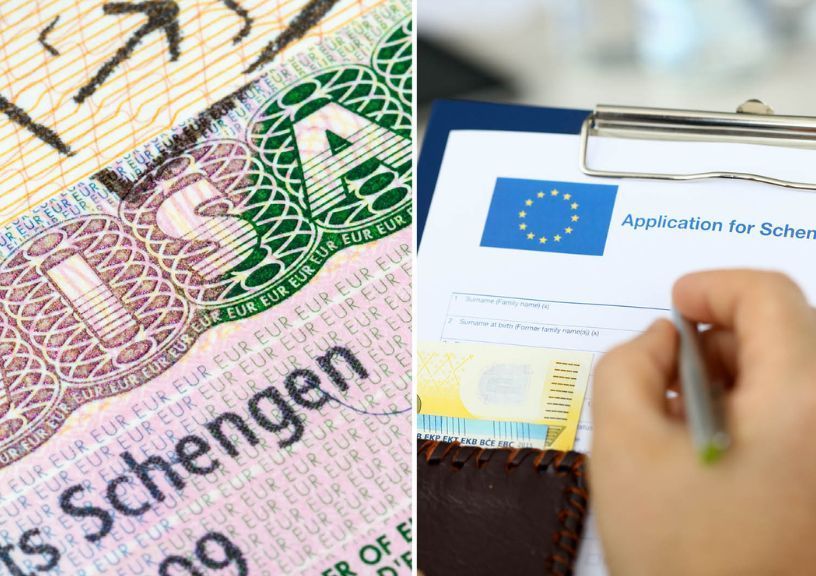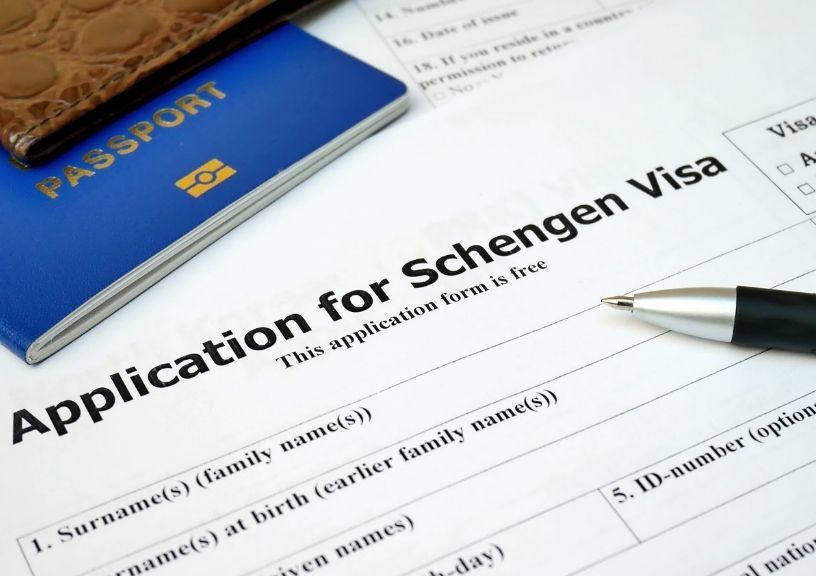

If you are planning a maiden Euro trip, we hope you are aware that you’d need a Schengen visa. This article discusses everything you must know before applying for a Schengen visa.
Everything you need to know about the Schengen Visa

What is a Schengen Visa?
Schengen is a term used for the European Union passport-free zone that covers most of the countries in Europe. It is the world’s largest free travel area. A Schengen visa is the most common visa for travelling to Europe. It is issued for a short stay in Europe for business or tourism purposes. It allows a person to stay up to 90 days in most European countries. With a Schengen visa, you can enter, freely travel within, and leave the Schengen zone from any of the Schengen member countries.
Countries

The Schengen Zone has no border controls. The visa facilitates visits to 26 European countries falling under the 1985 Schengen Agreement. These countries include France, Germany, the Netherlands, Switzerland, Denmark, Austria, Lithuania, Norway, Poland, Portugal, Spain, Italy, Greece, Hungary, Malta, Luxembourg, Sweden, Island, the Czech Republic, Slovakia, Slovenia, Liechtenstein, Belgium, Finland, Latvia, and Estonia.
Types
There are four types of Schengen visas – A, B, C, and D. The most popular is called Uniform Schengen Visa, which covers types A, B, and C. It offers airport transit, lets you commute through a Schengen country, and live in a Schengen country for up to 90 days within six months. This is the type of visa you will apply for if you are planning a short vacation to Europe.
Type A
Type A is an airport transit visa. Let’s say you are travelling from one non-Schengen country to another non-Schengen country. You have a connecting flight via a Schengen country. To spend time at the airport, you will need a Type A Schengen visa. With this visa, however, you will not be allowed to leave the airport and enter the concerned Schengen country.
Type B
This type lets you commute via a Schengen country to reach a non-Schengen country. The transit period is restricted to five days.
Type C
This is a short-term visa, which allows you to stay in a Schengen country for a fixed duration. This type of Schengen visa is further divided into Single Entry visa, Double Entry visa, and Multiple Entry visas.
- Single Entry Visa: With this type, you can enter a Schengen nation within the given time on your visa. It expires as soon as you leave that country.
- Double Entry Visa: This is similar to the Single Entry Visa but allows you to enter and leave a Schengen country twice within the given time.
- Multiple Entry Visa: This one lets you freely enter and exit the Schengen area as many times as you wish. However, this is only valid for a period of 90 days every six months.
Other types include Limited Territorial Validity Visa (LTV) and National Visa. The LTV visa lets you travel only in the Schengen country that the visa allows. The national visa is for those who want to study, work, or seek permanent residency in any Schengen country.
Applying for a Schengen Visa

According to official rules, you can apply for a Schengen visa six months before your date of travel. It is recommended to apply not later than at least three to four weeks prior to your trip. It’s best to apply a lot earlier if you are travelling to popular countries like France and Germany, which receive applications from all over the world. During peak seasons, the processing time may exceed by a few weeks.
To apply, you can fill out an application form, and book an appointment at a consulate, embassy or visa application centre. The minimum processing time is around 15 days.
Documents required
To apply for the visa, you would need to deposit the following documents:
- Signed visa application form
- Two recent passport-size pictures
- A valid passport
- Trip itinerary, including dates, flight details, hotel bookings or accommodation proof
- Proof of application fee payment
- Proof of travel and medical insurance
Application fee
You have to pay a non-refundable mandatory visa fee to apply for a Schengen visa. The application fee depends on your age and the type of visa you are applying for. The fee is payable at the designated embassy or consulate using cash, debit, or credit card. The fee for different categories of visa applicants is listed below.
Adult: EUR 80 (Rs 6,605 approx), USD 96
Children between 6-12 years of age: EUR 40 (Rs 3,302 approx.), USD 48
Children younger than 6 years of age, holders of diplomatic, official or service passports travelling for official purposes; pupils, students and accompanying teachers during a school trip; researchers travelling to perform scientific research, and family members of an EU or EEA national don’t have to pay any application fee.
Tracking your application
At the moment, getting the Schengen Visa is taking longer than usual and the best way to check the status of your application is by contacting the concerned embassy via their website or contacting them offline. You can also visit the website of the outsourced visa application centre where you applied for the visa.
Schengen countries outsource visa application processing to VFS Global in India. At VFS Global, you’ll have to submit your application, deposit the documents, and give your biometrics. Tracking of your application can be done here. Keep your reference number ready.
Feature and hero image courtesy: Shutterstock
This story first appeared on Travel+Leisure India.
The post Schengen visa: Types, application process, documents, cost and all the other details appeared first on Lifestyle Asia India.

